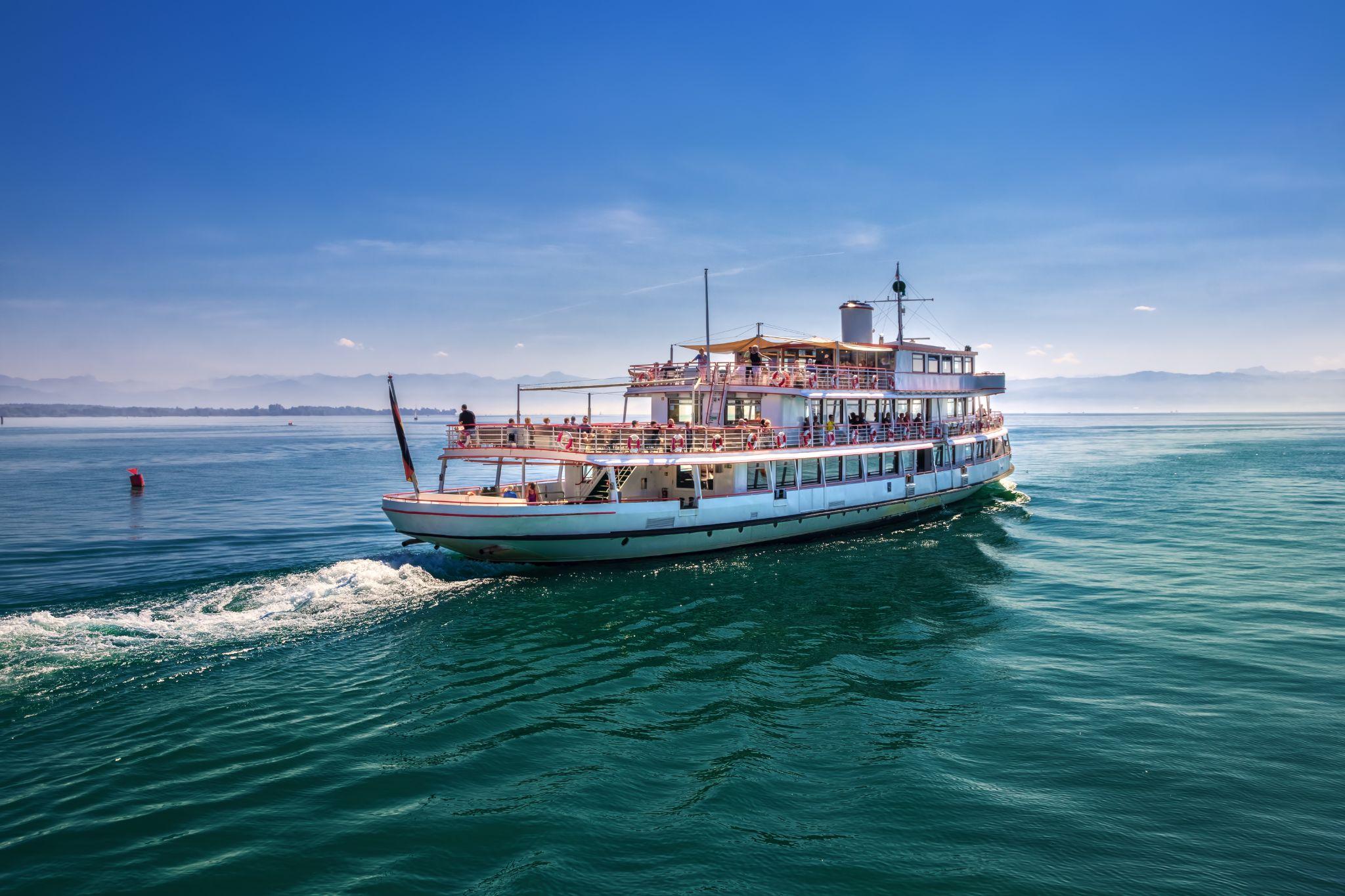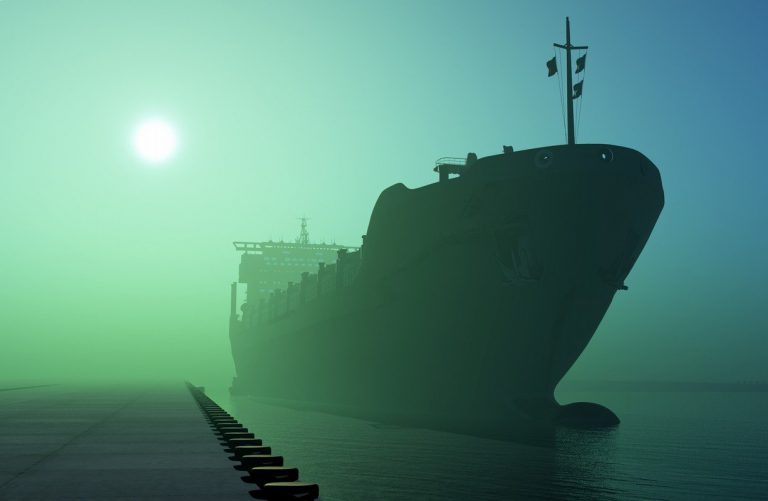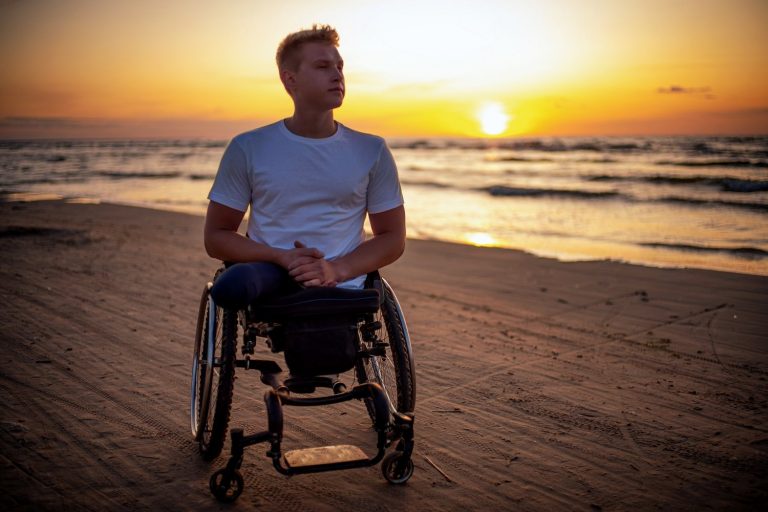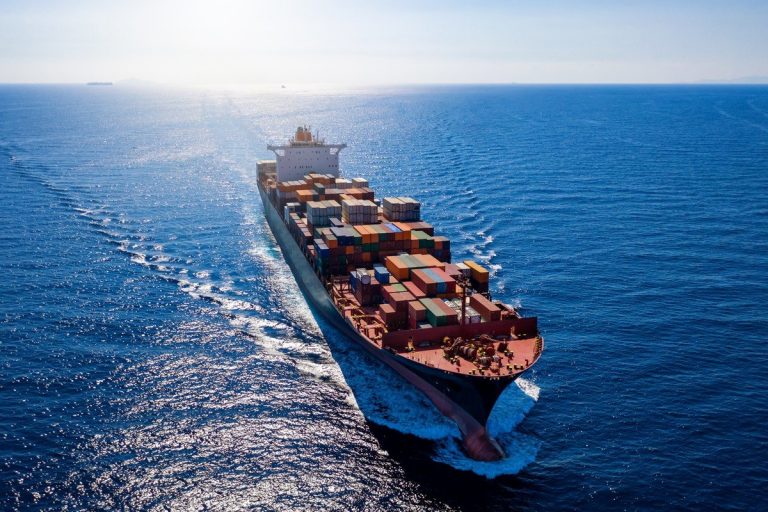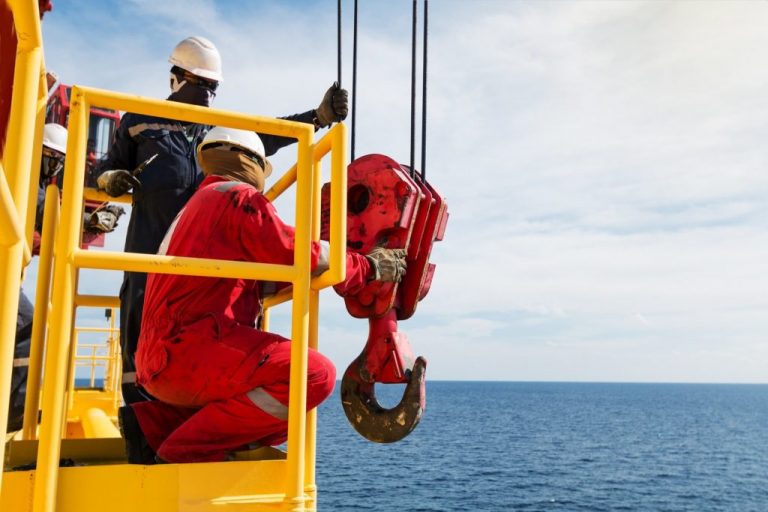According to an article in the New York Times, The chief engineer aboard the Staten Island ferry that rammed into a pier on Saturday told federal investigators that no engine alarms sounded before the crash, at which point two of the ferry’s four engines stopped.
The ferry vessel, the Andrew J. Barberi, never lost electrical power during the crash and its crew reported no problems with the propulsion system.
City officials quickly blamed a mechanical error for the failure of the boat’s braking system, but federal investigators say it is too early to determine a cause.
The boat’s captain, Donald Russell, and the rest of its crew members passed a test for the possible influence of alcohol. The results of a drug test were pending, officials said. Investigators will interview crewmembers today, including the captain and assistant captain, Maqbool Ahmed, who was at the controls in the pilothouse when the accident occurred. Retired ferry pilots said on Sunday that it was customary for the captain to drive the boat to Manhattan and for the assistant captain to pilot on the return trip. Mr. Ahmed, a six-year veteran, was promoted from deckhand about 18 months ago, said James DeSimone, the chief operations officer of the ferry system.
Investigators determined that the two engines closest to the dock stopped functioning at the point of impact. while the two other engines continued to operate normally.
When the same craft crashed at St. George in 2003, killing 11 people, the assistant captain, Richard J. Smith, had been operating from the pilothouse at the Staten Island end of the boat. The captain on that trip, Michael J. Gansas, was in the other pilothouse preparing for a Coast Guard inspection. Since that crash, city officials have required two pilots to be involved in navigation when the ferries are approaching the docks. Surveillance cameras were also installed in the pilothouses as part of the safety reforms in the wake of the 2003 crash.

